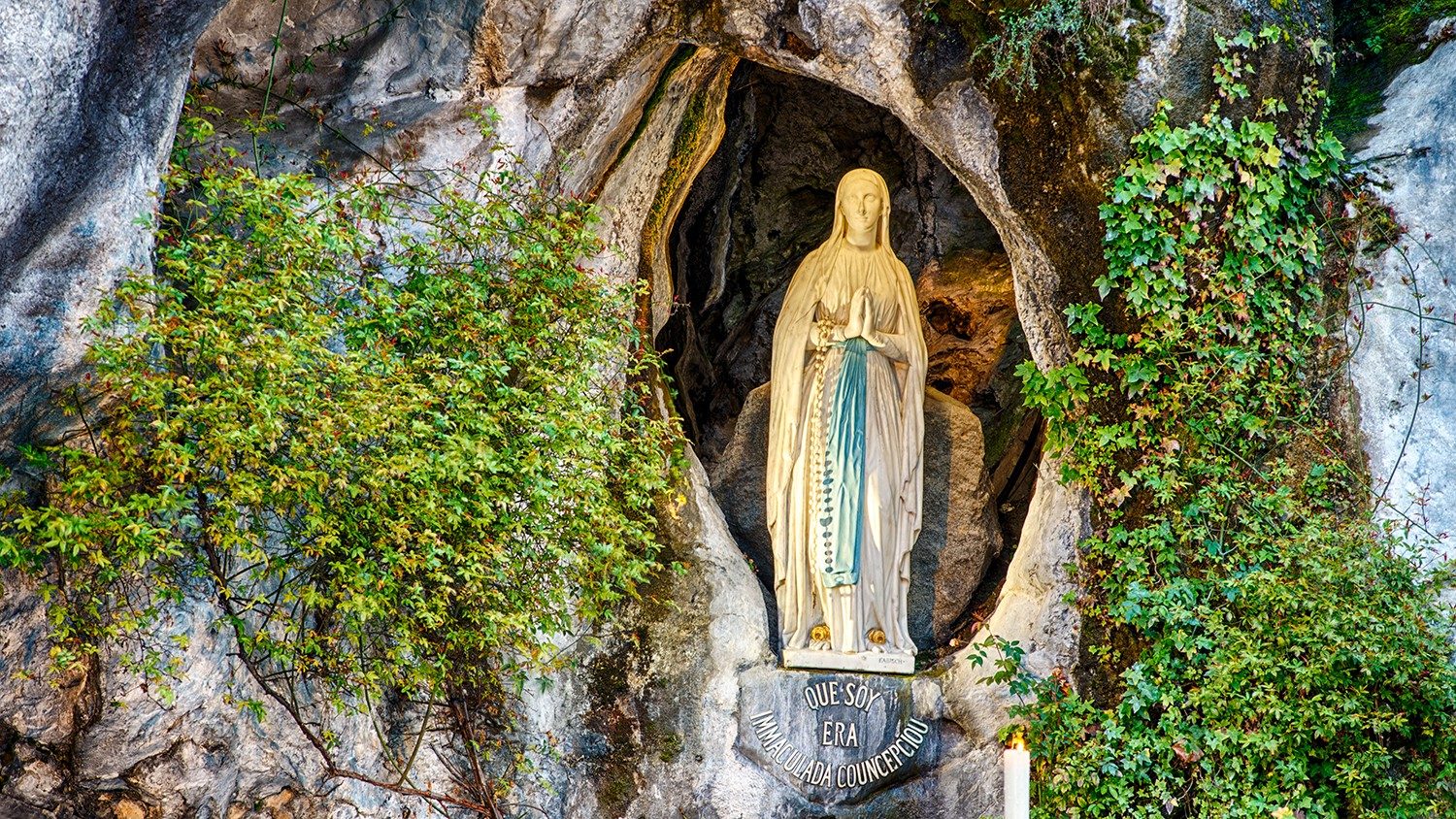In India, garlands or ‘torana’ (gateway in Sanskrit). Apart from ushering vibrant energies into the home, it is believed that the smell of marigolds keeps insects away.
HISTORY According to remezcla.com , the earliest written mention of cempasúchil (the flower of 400 lives/also flower with 20 petals) dates back to the 16th century in a text known as the Florentine Codex . Written by the Spanish Franciscan friar Bernardino de Sahagún, the manuscript is a 2,400-page document of the culture and customs of the Aztec people. In it, de Sahagún describes the Aztecs’ sophisticated medicinal use of various flowers and plants, noting the important role marigolds played in both medicines and celebrations
What do Día de los Muertos and a grand Indian wedding have in common? A bizzare question one may say, but the significance of the colour yellow and marigold flowers connect Mexico to India.
There is no Hindu ritual that is complete without marigold. The bright-orange flowers are made into garlands and hung at the entrance of homes. The significance is manifold. First, the colour yellow symbolises sanctity, and saffron represents courage and sacrifice, which is also the top band of the Indian national flag.
Likewise, in Mexico, offering marigold is a celebration of the lives of those who have passed on. The vibrant colours remind us of the never-say-die spirit, vibrancy, and looking beyond the sadness of death. Marigolds are used to decorate altars and are placed with personal effects, the deceased’s favourite food and drinks, making a connection with the souls who have transitioned from their mortal state. Día de los Muertos altar decorations usually include hand-cut paper marigolds or fresh marigolds. It is believed that the spirits of the dead visit the living during the celebration. Marigolds guide the spirits to their altars using their vibrant colours and pungent scent.
In India, garlands or ‘torana’ (gateway in Sanskrit). Apart from ushering vibrant energies into the home, it is believed that the smell of marigolds keeps insects away.
HISTORY According to remezcla.com , the earliest written mention of cempasúchil (the flower of 400 lives/also flower with 20 petals) dates back to the 16th century in a text known as the Florentine Codex . Written by the Spanish Franciscan friar Bernardino de Sahagún, the manuscript is a 2,400-page document of the culture and customs of the Aztec people. In it, de Sahagún describes the Aztecs’ sophisticated medicinal use of various flowers and plants, noting the important role marigolds played in both medicines and celebrations.
Headlines Delivered to Your Inbox Sign up for The Gleaner’s morning and evening newsletters.





